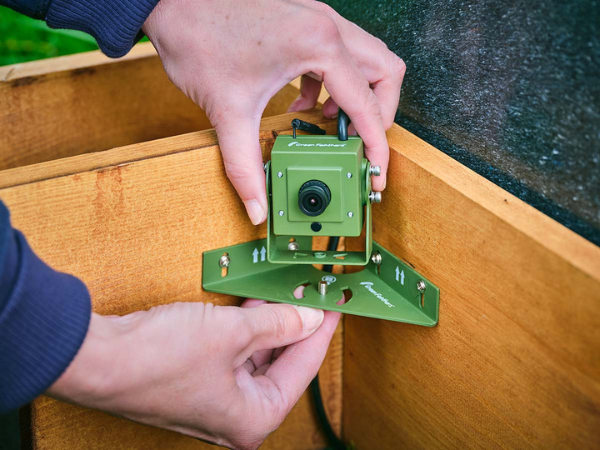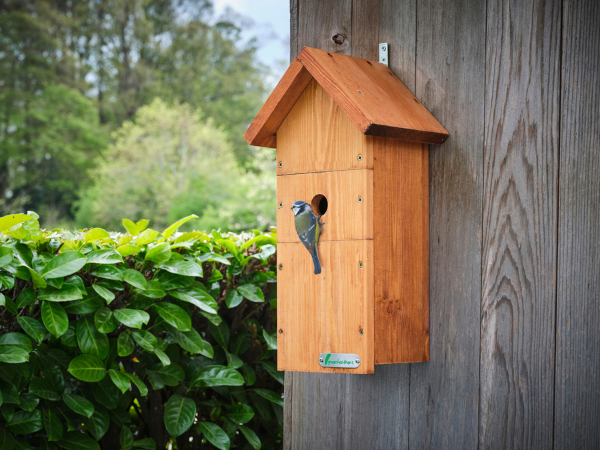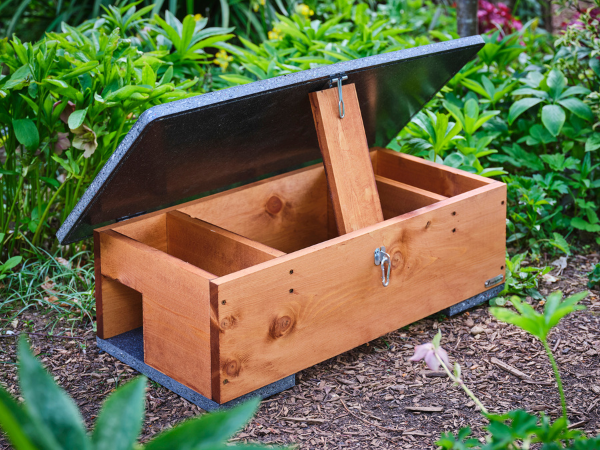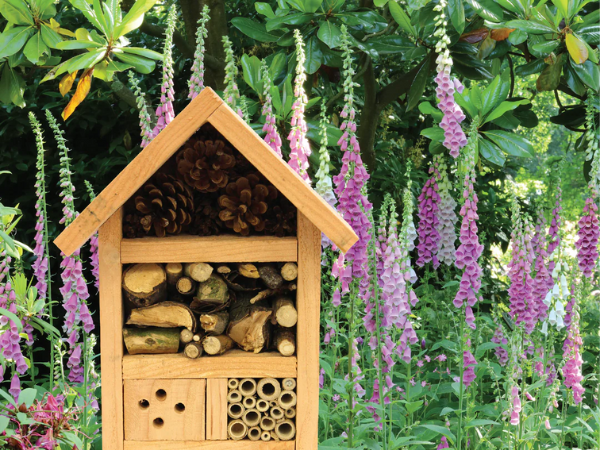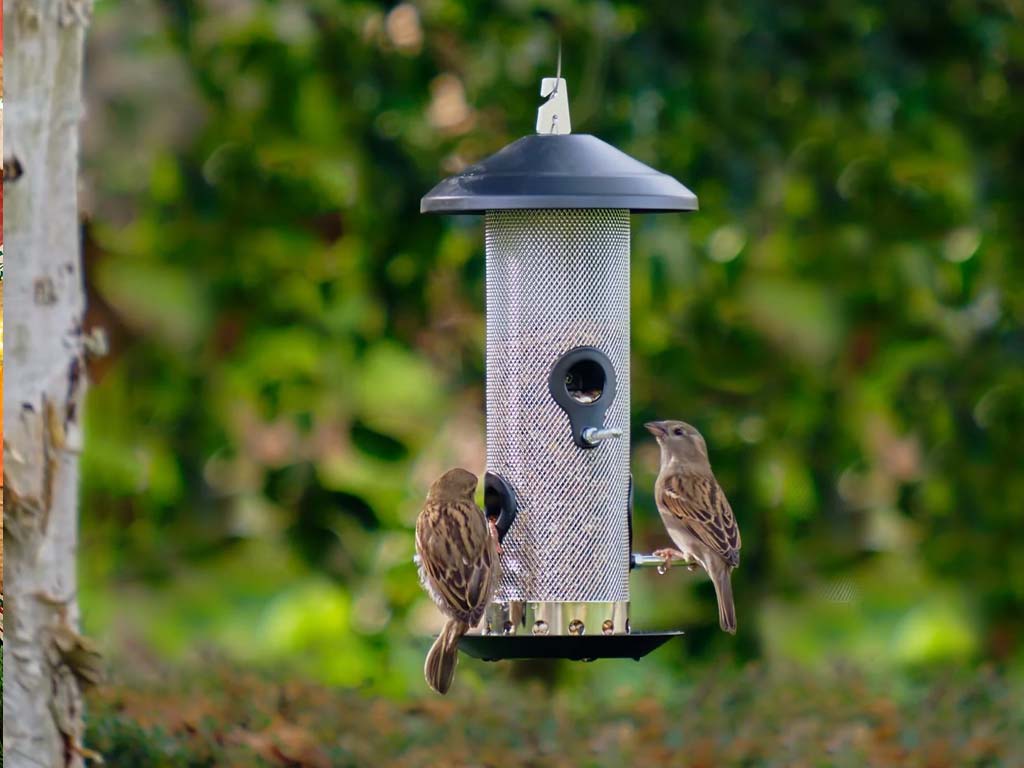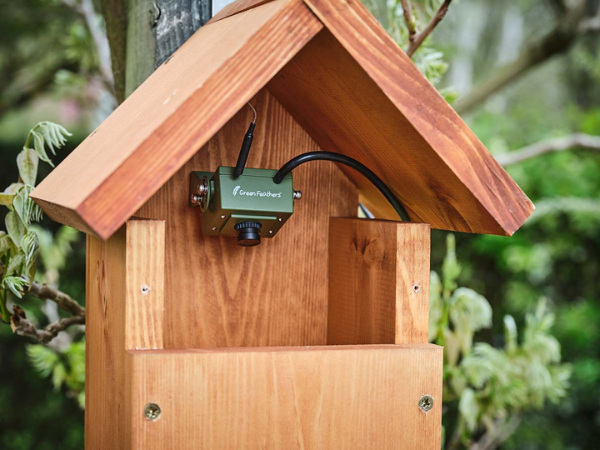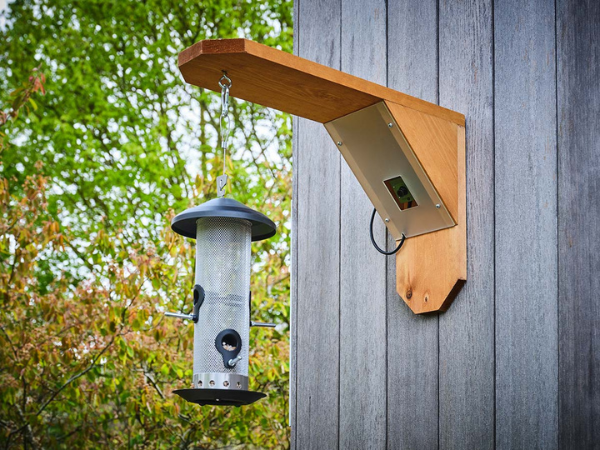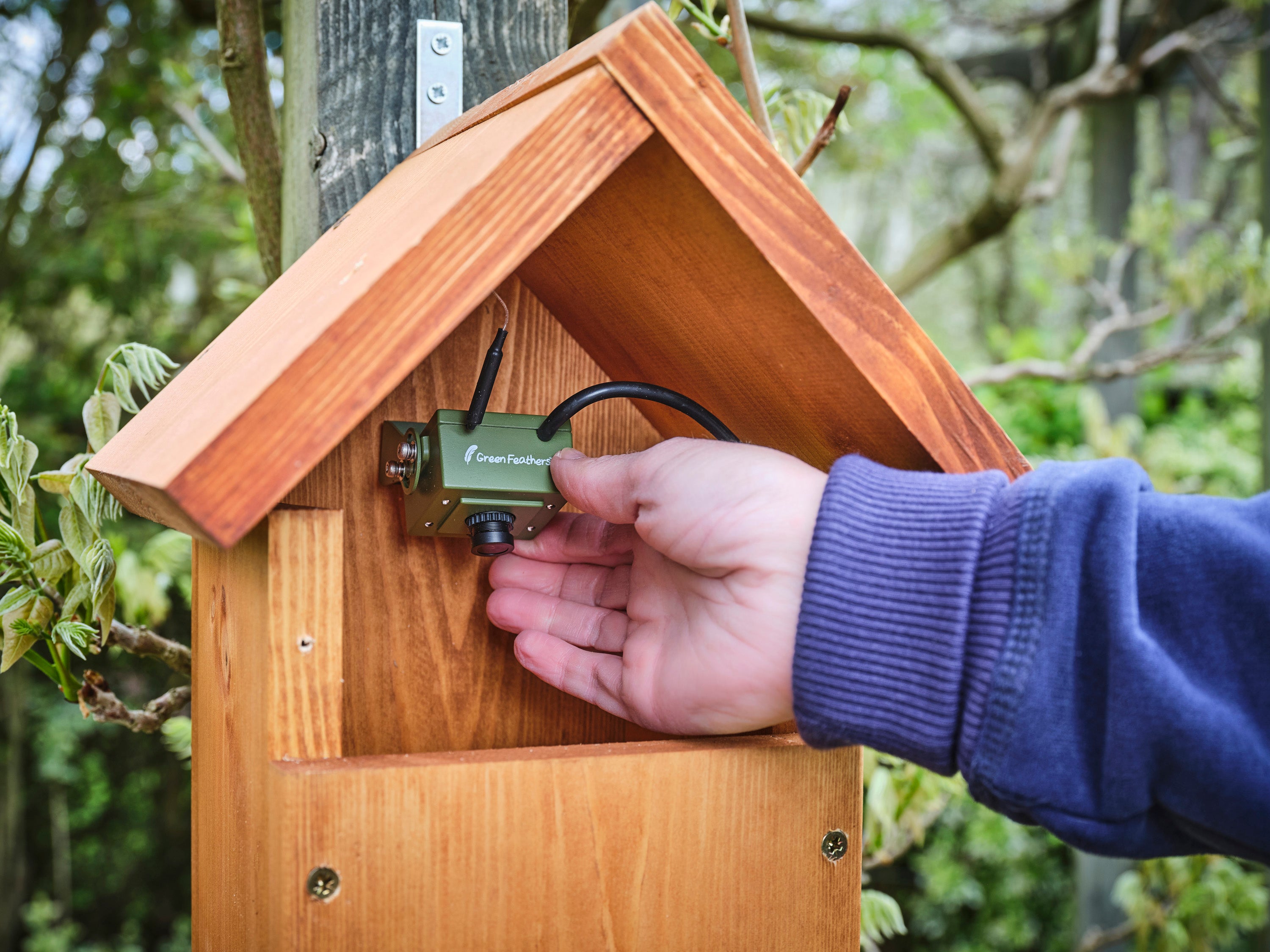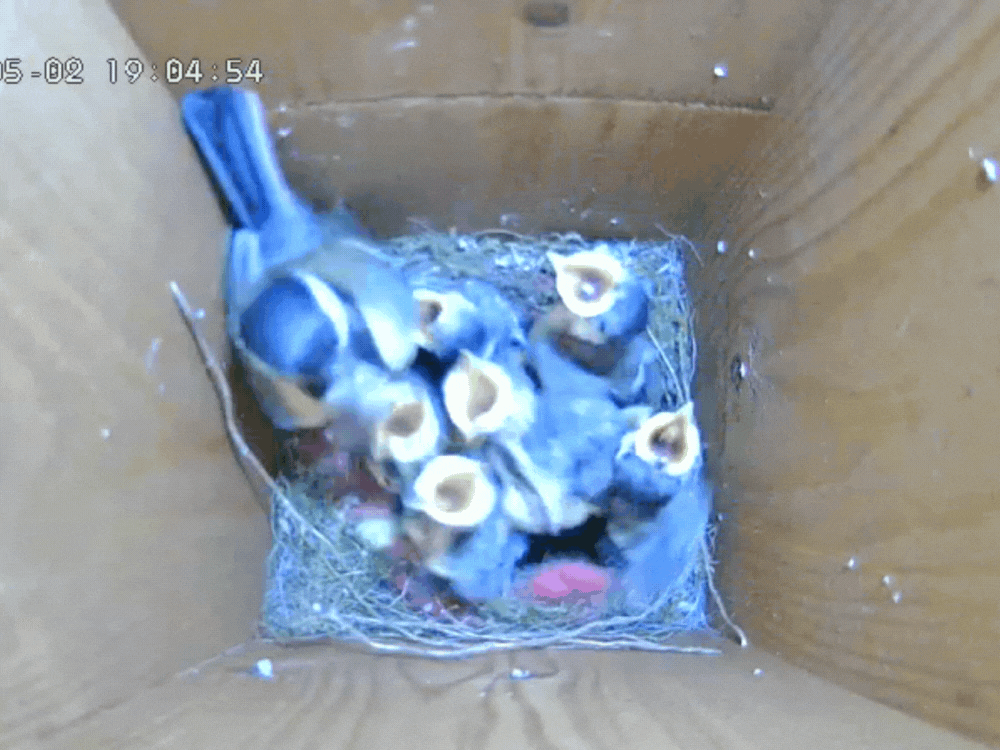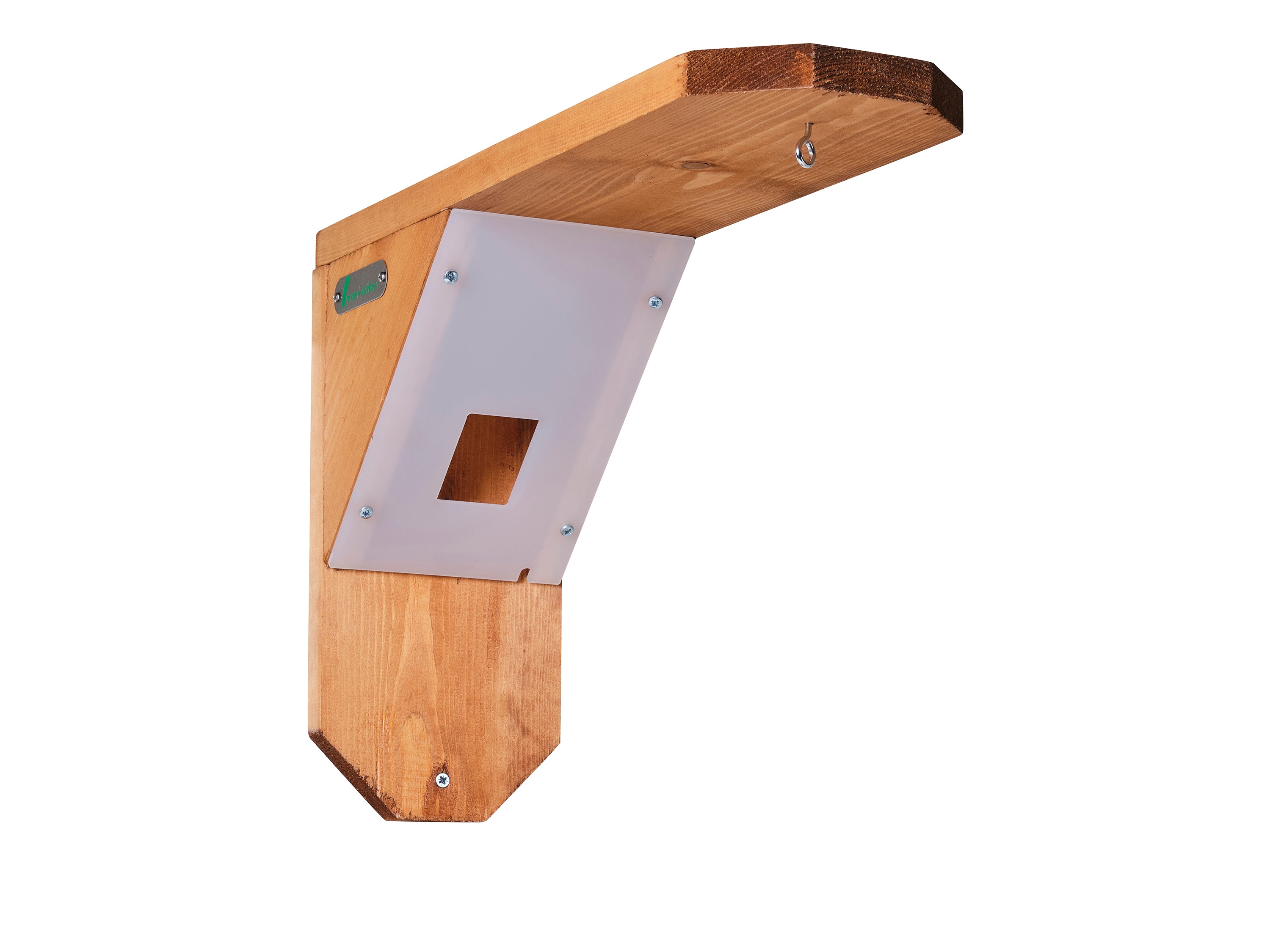The UK is home to an abundant variety of birds. From the tiny wren to the giant osprey, 1,021 recorded species in Great Britain and its surrounding waters can be found here.
The beautiful song of the skylark fills the air on a summer's morning, but have you ever stopped to wonder why so many birds are found everywhere? Whether they are migrating because it is currently the nesting season or their population numbers are growing, these are the ten avian species that are the most common wild birds seen (and heard) across the whole island and in nearby waters.
Whether you're a casual garden birdwatcher or taking part in the big garden birdwatch, here are the birds you'll most likely see.
Top 10 Most Common Birds In The UK:
10: Magpie

Latin name: Pica pica, International Name: Black-billed magpie
Conservation status: Green
One of the most intelligent birds out there, magpies, will warn smaller birds of the presence of a predator before going after whatever it is themselves. They also like stealing shiny things - this means that if you've lost your car keys, then look no further than your garden hedge. This bird lives all over England and would likely find its way into Scotland, too; unfortunately, they kill small songbirds by plucking all but the head off them.
9: Long-tailed Tit

Latin name: Aegithalos caudatus
Conservation status: Green
These are one of Britain's tiniest birds. They have a small round body and long narrow tail which means they lose warmth far more quicker than other birds species. To combat this in cold weather they roost together in groups and huddle up together snuggly to stay warm. They don't have many predators due to their small size and ability to nest at such high altitudes, which is why you can sometimes see them peering out of tree holes.
Our warming winters are helping these small birds survive in greater numbers.
8: Robin

Latin name: Erithacus rubecula, International Name: European Robin
Conservation status: Green
Known as the 'gardener's friend' due to its propensity to come finding worms when gardeners are digging in the soil, the robin is one of Britain's most loved birds and often associated with Christmas.
Unlike many birds, the robin keeps chirping all the way through winter. These little birds tend to make various noises throughout the year, especially during the breeding season. This means they can be seen flitting about gardens now and again. They also have complex mating rituals involving bowing and 'puffed up' behaviour from both genders at different times. Here's everything you need to know about Robins.
7: Great Tit

Latin name: Parus major
Conservation status: Green
Bigger than its blue tit cousin, great tits are known for their loud 'teacher-teacher' calls and can be found nesting in trees or bushes in virtually all parts of Britain. Highly territorial, they tend to scold anyone who disturbs their nests when breeding season comes around. They will take up hole-fronted nest boxes and defend them strongly!
6: Goldfinch

Latin name: Carduelis carduelis, International Name: European Goldfinch
Conservation status: Green
Part of the finch family, the goldfinch is so named thanks to the bright yellow patch on the wings. They can also be identified by their red face. Goldfinches are sociable birds who often breed in loose colonies. Their beaks allow them to reach seeds in plants such as thistles and teasels so it pays to tidy away plants in your garden such as this before winter starts!
Goldfinches nest late in the year, through July and August, so can be a good species to look out for fledglings later in the year.
5: Blackbird

Latin name: Turdus merula, International Name: Common blackbird
Conservation status: Green
The blackbird is known for its beautiful song, which you probably hear every morning in the Spring if you live near one. Males are black (as the name suggests!) with a yellow beak while the females feature brown feathers, but both tend to hide in bushes away from prying eyes. They like to make nests out of mud on top of high branches, usually around 1.5 to 2 metres above ground (just like wood pigeons do), meaning they too often come into contact with humans who cut back trees.
4: Woodpigeon

3: Blue tit

Latin name: Cyanistes caeruleus
Conservation status: Green
With blue, yellow, white and green feathers, the blue tit is one of the most recognisable birds and frequents gardens across the country. They are also the only bird in the British tit family that has blue feathers. The feathers of the male are usually a lot brighter than the females. Here is everything you need to know about blue tits, habits, nesting and hatching.
2: Starling

Latin name: Sturnus vulgaris, International name: Common starling
Conservation status: Red
Starlings are the 'dark horses' of garden birds. Slightly smaller than a blackbird and while at a distance these birds look dull and drab, if you look closer their feathers almost look shiny with green and purple hues shining through. In the countryside in the evenings you'll often see murmurations where Starlings team up to perform amazing aerial displays before roosting.
Starlings will visit our gardens to hunt for tasty insect food in the warmer seasons and berries in the winter.
Sadly, starlings have seen massive declines in the UK and are on the red list for conservation.
1: House sparrow

Female pictured above.
Latin name: Passer domesticus
Conservation status: Red
Top of our list is the familiar house sparrow! Their name comes from the historical association with human activity as they use buildings as nesting sites. They feed mainly on the ground but have adapted to using hanging birds feeders too. These gregarious and chirpy birds will usually be seen flying around in groups!
Widespread in Britain and Ireland, there are millions of breeding pairs of house sparrows in the UK, however they have seen a huge decline since the 1960s. The exact reasons for this are not known.
Bonus: The bird that almost made the list!
11: Swallow

Swallows are exceptionally well known for something everyone thinks they know about them but don't. They are not, in fact, the only bird that builds nests out of mud. However, they can be found all over Europe and northern Asia, making their homes on roofs or rafters when nesting time rolls around. Once the young have left the nest, they spend most of their lives in the sky, hunting insects in an exciting fashion - swarms of juvenile swallows will even fly very high up into thunderclouds. Here is how to tell the difference between swallows, starlings and house martins.
How many have you seen?
Well, there you have it, the Top 10 most common birds in the UK, how many have you spotted in your garden?
What are the rarest birds in the UK?
Here are the rarest UK bird species that are much less commonly seen but do appear in the country. Check out the list to see how many you've seen.
Our Recommendations
If you're already a keen bird watcher, or are considering about getting more into it, then we can offer you the best tools for the job!
- Bird Box Cameras - Our bird box cameras are incredible value for money, they offer you a chance to see behind the scenes footage of what happens in the bird box, allowing you and the family to watch the magic of your garden on your phone, tv or computer.
- Bird Box - Our Side View Handmade Bird Box is an eco-friendly option for housing birds in your garden. Due to the angle of the box, you're able to place your bird box camera in the optimum spot for the best vision of bird box interior.
Here's how to install a bird nesting box camera to get the perfect habitat for your nesting birds so you can enjoy the bird and how to help nesting birds in your garden.



